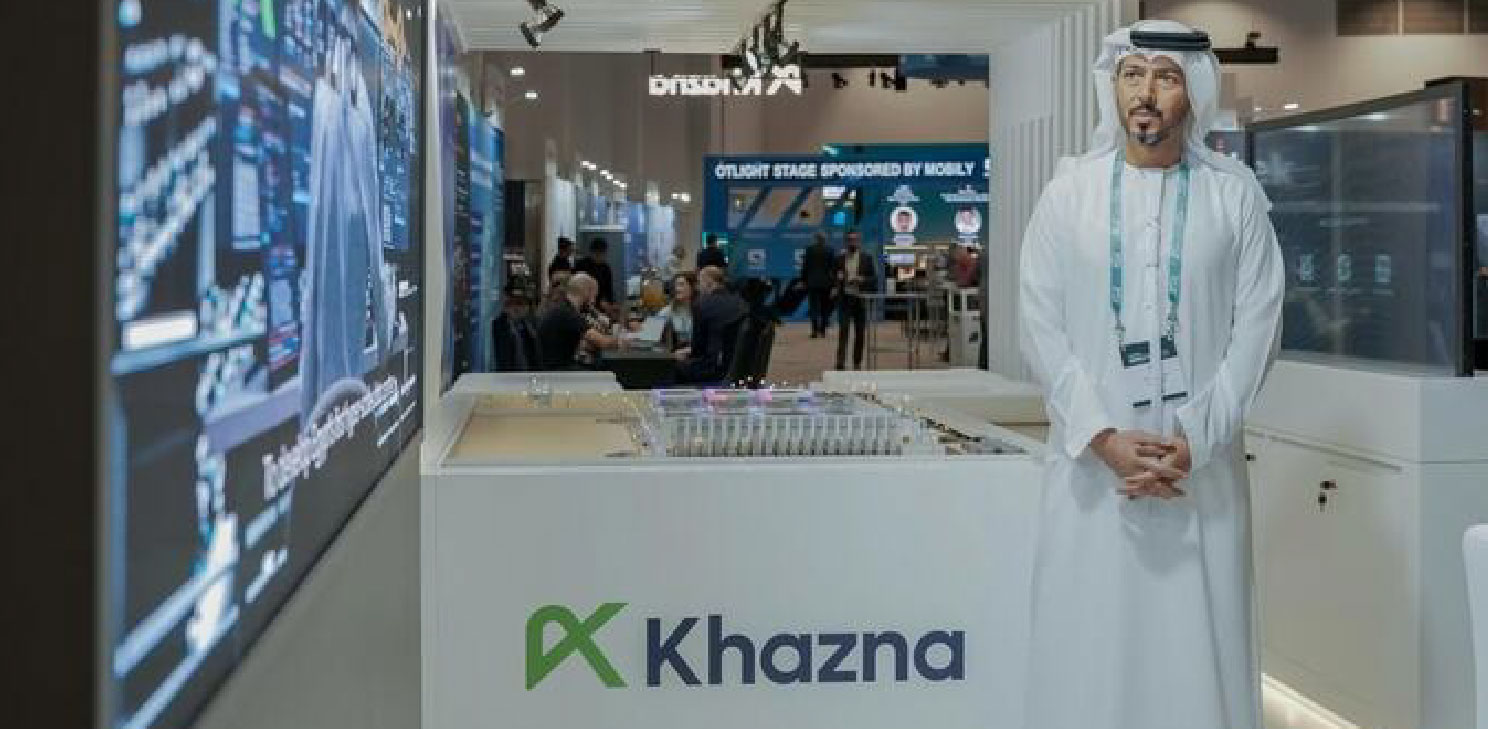What is DfMA and Why Pre-Construction Matters
Design for Manufacture and Assembly (DfMA) is a design philosophy that focuses on streamlining both the manufacturing of components and their assembly on-site. In essence, it encourages designing building elements in a way that they can be manufactured efficiently off-site and assembled with minimal disruption.
When applied during the pre-construction stage—before actual build-on-site begins—DfMA offers the chance to eliminate costly changes, optimise logistics and improve quality from the outset.
Early Integration in Pre-Construction Planning
One of the keys to implementing DfMA in pre-construction is involving manufacturing, assembly and logistics stakeholders early in the design process. For example, in modular construction contexts this means factory planners and assembly line experts inputting during schematic design so the design is aligned with how elements will be built and moved.
By doing so, the project team can align design decisions with manufacturing constraints (such as module dimensions, handling, workflow sequencing) and assembly requirements (how modules connect, how interfaces are handled, how services are integrated).
Standardisation, Modularisation and Flow
To optimise DfMA in pre-construction you should aim for:
- Standardised modules and interfaces: Designs use repeatable grid systems, standard heights and widths, modular units that fit together.
- Modularisation of services and assemblies: Pre-fabricated MEP assemblies, plug-and-play connections, and bench-built sub-assemblies rather than bespoke site work.
- Designing for flow: Not just ease of assembly at site, but smooth movement through manufacturing, logistics, and delivery. That means minimising special handling, non-sequential steps, and on-site improvisation.
In pre-construction you embed these drivers into the specification, design brief and fabrication strategy so they are baked in early rather than retrofitted.
Benefits of Using DfMA Early
When you use DfMA in pre-construction you gain several practical advantages:
- Reduced waste and cost: Less material over-ordering, fewer fixes and less rework because much of the build is controlled.
- Shorter build timelines: Because assembly is smoother, and many activities are shifted off-site, on-site delivery becomes faster.
- Improved quality and predictability: Factory-manufactured components offer tighter tolerances and more uniform performance; predictable workflows reduce surprises.
- Better alignment with sustainability objectives: With material use optimised and site labour reduced, carbon and waste can be controlled more tightly.
Practical Steps for Pre-Construction Implementation
Here’s how you can apply DfMA in pre-construction to streamline your construction process:
- Define module strategy early: At the concept stage choose module sizes, grid systems, repeatable units and fabrication approach.
- Involve the manufacturing and assembly team: Ensure those who will build or assemble the units feed into design decisions.
- Map out process flow: Understand how components will be made, moved, assembled and installed. Avoid design choices that disrupt flow.
- Design for plug-and-play connections: Offer standardised interfaces for services, avoid bespoke one-offs for each module.
- Use digital validation: Simulate assembly, check tolerances and logistics virtually before physical manufacture.
- Treat design and production as a single system: Rather than design in isolation from fabrication, integrate the two processes from the start.
Conclusion
Adopting DfMA in pre-construction means shifting from traditional design-then-build thinking to a model where design, manufacture and assembly are considered in one continuum. The reward: faster delivery, lower cost, higher quality and less risk. If you embed DfMA principles at the earliest stage, you position your construction projects to truly benefit from streamlined, factory-friendly, assembly-efficient delivery.
By treating pre-construction as the stage where manufacturing and assembly logic are designed in, you lay the foundation for streamlined execution.
To discuss pre-construction practices and key issues facing the industry, connect with solution providers and network with delegates, attend the Pre-construction for Mega Facilities Summit USA on February 10-11, 2026 in Austin, Texas, USA.
For more information, click here or email us at info@innovatrix.eu for the event agenda. Visit our LinkedIn to stay up to date on our latest speaker announcements and event news.













